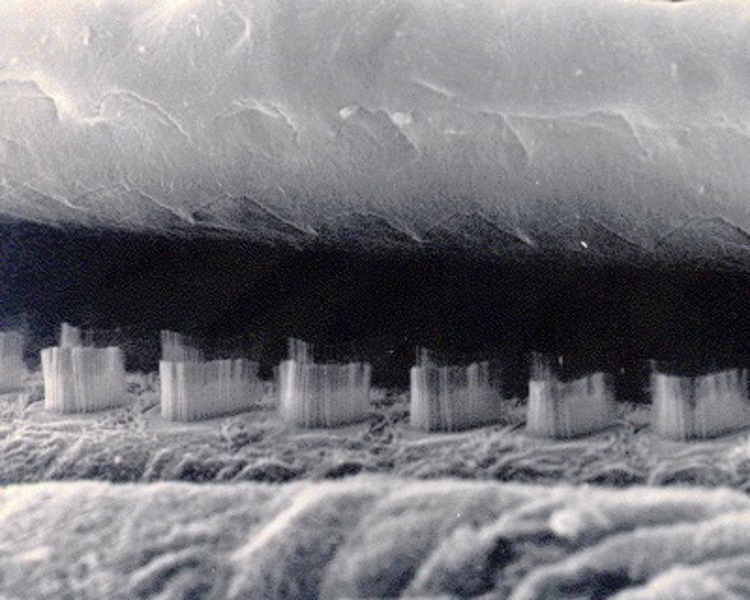Links to external sources may no longer work as intended. The content may not represent the latest thinking in this area or the Society’s current position on the topic.
Now you hear it, now you don’t: the neuroscience of deafness

Croonian Prize Lecture 2017 by Professor Jonathan Ashmore FMedSci FRS
What makes hearing possible? Just the size of a pea, the cochlea of the inner ear allows you to detect anything from a pin drop to a car horn. Groups of cells within the cochlea, and in particular the outer hair cells act as biological microphones to amplify soundwaves and allow your brain to understand a whole world of sound.
For an ageing population it is critical that the outer hair cells last as long as possible for without them we become progressively deaf.
How are the cells maintained and, importantly, what do we still need to know to preserve them for a lifetime? Professor Ashmore explores how these incredible biological hearing aids work and you can join the hunt for the molecules that power them.
The award
The Croonian Medal and Lecture is awarded annually for outstanding achievements in the biological sciences. The lecture series began in 1738 and is the premier lecture in biological sciences.
Professor Jonathan Ashmore FMedSci FRS was awarded the Croonian Medal and Lecture 2017 for his significant contributions to the field of neuroscience, shaping our current understanding of inner ear physiology, in particular for his analysis of the role of cochlear hair cells in normal hearing.
For all enquires, please contact the Events Team.
